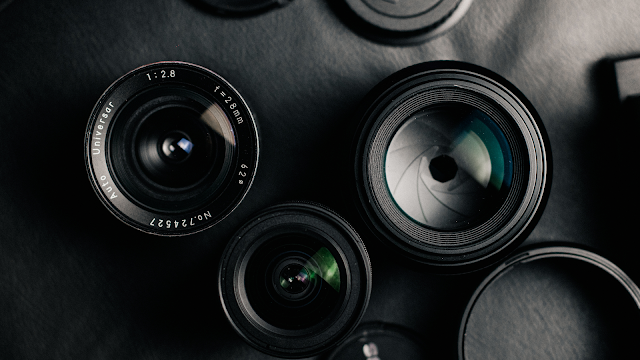Finding the Perfect Camera Lens for Your Photography Needs
We can preserve memories, tell stories, and capture priceless moments by using photography. Whether you're a pro or just someone who enjoys taking pictures, the lens you choose for your camera can make all the difference. Today, we'll talk about Tamron and Sigma, two top lens producers, to help you select the best lens for your photographic project.

Let's Start with the Basics
Before we dive into the Tamron vs. Sigma lens showdown, let's cover some basic stuff.
Focal Length: This is what determines how zoomed in or wide your photos look. Shorter focal lengths like 18mm give you wide shots for landscapes and groups, while longer ones like 200mm zoom in on faraway subjects.
Aperture: This fancy term (measured in fstops like f/1.8 or f/4) controls how much light goes through your lens. Smaller fnumbers mean more light, which is great for lowlight conditions and dreamy portrait backgrounds.
Prime vs. Zoom: Prime lenses have fixed focal lengths, offering sharpness and wide apertures. Zoom lenses give you flexibility by covering various focal lengths in a single lens.
Now, let's get into the Tamron and Sigma lenses.
Tamron Lenses: Versatility and Quality
Tamron is known for making high-quality lenses that don't break the bank. They're famous for their zoom lenses, perfect for different photography styles and budgets.
Its 2470mm f/2.8 Di VC USD G2 is one lens that gets a lot of love. It's a versatile champ, great for portraits, landscapes, and events. The f/2.8 aperture makes those background blur (bokeh) dreams come true and works wonders in low light.
This lens SP 70200mm f/2.8 Di VC USD G2 is another gem. Wildlife, sports, and portrait photographers adore it for its long reach and image stabilization, which keeps shots sharp even at full zoom.
Tamron's lenses often come with Vibration Compensation (VC) technology, a fancy name for image stabilization. It's a blessing for handheld shooting, keeping your shots steady, especially if you're not a fan of tripods.
Sigma Lenses: Artistry and Innovation
Sigma lens is all about art and innovation. Their Art series lenses are legendary for top-notch image quality and optical performance.
The Sigma 35mm f/1.4 DG HSM Art lens is a masterpiece. With its wide f/1.4 aperture, it's a portrait photographer's dream. Super sharp and great in low light, it's a top pick for creative shots.
Landscape lovers rave about the Sigma 1424mm f/2.8 DG HSM Art lens. It's perfect for wide-angle shots, even nailing the edges of the frame for breathtaking vistas.
Sigma also cooks up unique lenses like the Sigma 105mm f/2.8 EX DG OS HSM Macro lens. If you're into capturing tiny details up close, this lens is your best friend. It's super sharp and has optical stabilization for those steady macro shots.
How to Choose: Tamron or Sigma?
So, the big question is, which one should you go for—Tamron or Sigma? Well, it depends on your needs, budget, and style.
Budget: Tamron lenses are often kinder on your wallet, making them a great choice for quality on a budget.
Artistic Vibes: If you're all about artistic expression and top-notch image quality, Sigma's Art series lenses are a fantastic choice.
Versatility: Tamron's got your back with a wide range of versatile zoom lenses, perfect for different photography styles.
Innovation: Sigma always pushes the envelope with unique and innovative lens options.
Conclusion
When it comes to photography, the right lens can make all the difference. Tamron and Sigma lenses both offer an impressive selection of lenses, each with its strengths.
Consider your photography style, budget, and the shots you want to capture when deciding between Tamron and Sigma. The best lens for you is the one that helps you bring your creative vision to life and captures moments in a way that makes your heart smile.



Comments
Post a Comment